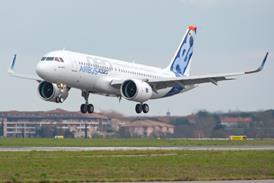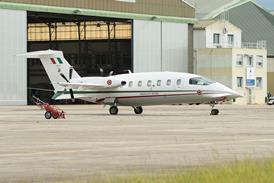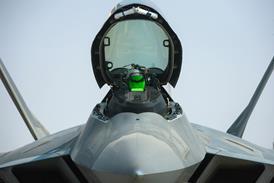US manufacturer aims to transform aircraft and engine power, with a second-generation A320 a potential application
Honeywell will reveal first details at Farnborough of its company-wide research initiative into more electric and, eventually, all-electric concepts for future efficient aircraft and engines.
Honeywell Engines and Systems engineering vice-president Peg Bilson says: "It is now a core strategy for us to enable a more-electric aircraft." He adds: "The more-electric strategy is broader than just engines, it goes across the whole aircraft because we are seeing significant increases in the power demands in terms of loads per passenger."
The overall load is expected to rise from around 0.5kW/passenger to 3kW over the next decade.
One of Honeywell's first steps will be the elimination of the accessory gearbox and replacing it with a shaft-driven generator.
Concepts under study for the forthcoming Honeywell next-generation business jet engine, the AS903, include permanent magnets aft of the low-pressure turbine, or a shaft-mounted generator aft of the fan. "It's being driven by significant increases in electric loads which are increasing for new projects such as Sonic Cruiser, supersonic business jets and QSP [Quiet Supersonic Platform]," Bilson adds.
Honeywell's more-electric plan has been boosted by recent testbed demonstrations of a variable-frequency (VF) power generator which developed 225kVA and 271Nm (200ft/lb) torque, or enough for main engine start.
A major plank of its strategy is based on improved vapour-cycle technology, whereby the engine-bleed requirements are offloaded to leave more energy for power generation. Bilson says: "VF requires a new platform and a fundamental shift in power management, as well as a no-bleed architecture." He suggests potential applications "within a decade" could include a second-generation Airbus A320 family.
Bilson says: "The significant growth that needs to be demonstrated is high power invertors in the 100kW range." He says the VF technology work is a combination of Honeywell and government-funded research. Some is believed to involve the small versatile core being developed under the Versatile Affordable Advanced Turbine Engines programme. The work is focused on development of internal starter-generators as part of the intelligent engine area of research.
Source: Flight International























